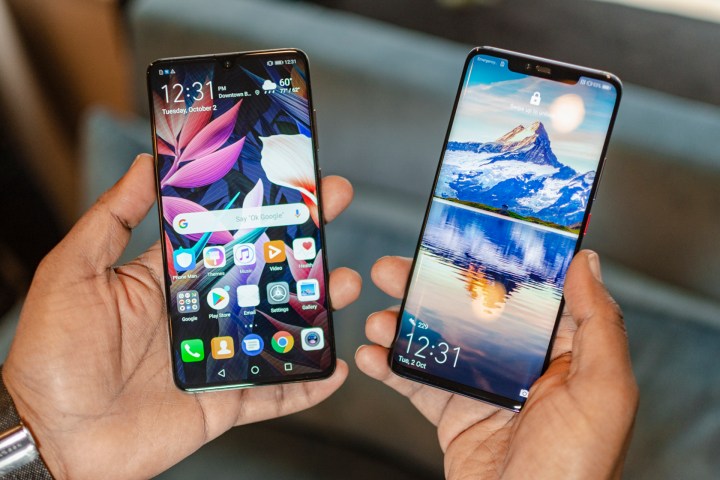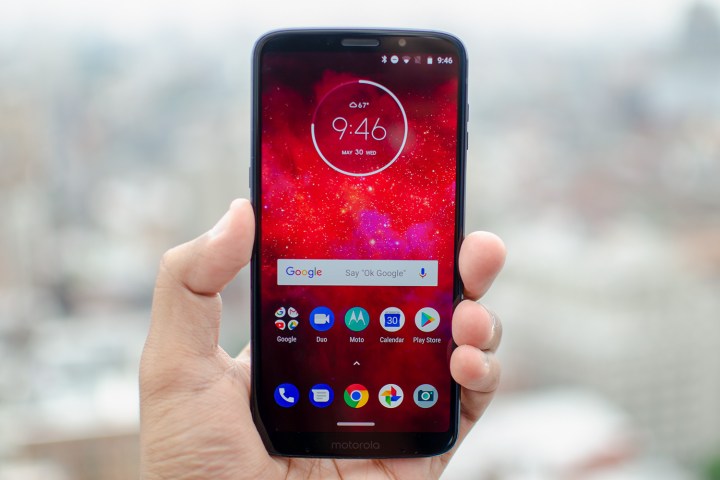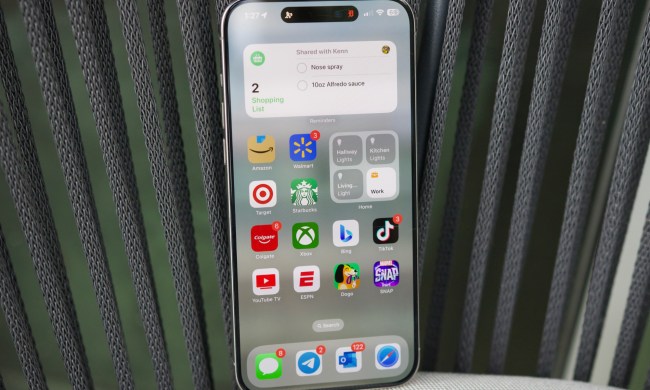
As the dust settled on Huawei’s Mate 20 event, we were left wondering about the death of the traditional release cycle for smartphones. The Chinese company unveiled three new phones in the shape of the Mate 20, Mate 20 Pro, and the surprise Mate 20 X, all coming hot on the heels of the recently released Mate 20 Lite.
This wave of new flagships comes just six months after Huawei unveiled the P20, P20 Pro, and Porsche Design Mate RS. Sifting through these phones to decipher the differences is a confusing exercise. Has anyone taken the time to figure out who each model is supposed to be for? It doesn’t feel like it.
Scattergun approach
This new scattergun approach to smartphone release seems to be infecting much of the industry. And it’s joined by a growing tendency to update phones more frequently, immediately rolling out incremental improvements that would have previously been held over for an annual event.
LG has been releasing perplexingly small updates, going from LG V30 to V40 ThinQ, by way of the V30S ThinQ and V35 ThinQ, in just a year, during which it also found time to release the LG G7 ThinQ. We’re not convinced a slightly bigger screen, or a new camera, on their own are enough to merit a whole new model. It’s arguable where the excessive update threshold lies, but LG has definitely exceeded it.
Sony turned out the Xperia XZ2, XZ2 Compact, XZ2 Premium, and XZ3 all within six months. Except for the fact that the Compact is obviously smaller, the differences between these phones are minor and distinctly confusing.
Don’t even get us started on Huawei’s sub-brand, Honor, which has been churning out an enormous number of similar phones.
Samsung has long split the year into two big events, one for the Galaxy S in two sizes and one for the Note range. It has traditionally remained quiet about midrange and budget offerings, saving all its marketing focus for the big devices, but the recently announced quad-lens Galaxy A9 seems to be an exception that’s set to muddy the waters.
It’s not just the expensive end of the market that’s doing this — perhaps the worst offender over the last year is Motorola, now under Lenovo. We’ve seen the Moto E5, Moto E5 Play, Moto E5 Plus, Moto G6 Play, Moto G6, Moto G6 Plus, Moto Z3 Play, Moto Z3, and the Motorola One. It’s so much, we have a guide just to help you navigate all these phones. Rumors suggest we’ll be getting four new phones in the G range alone next year. The differences between these phones are not big enough to make them truly distinct.
Don’t even get us started on Huawei’s sub-brand, Honor, which has been churning out an enormous number of similar phones with minimal design or spec differences. Huawei recently overtook Apple to become the world’s second-largest smartphone seller, but it feels as though its pushing a winning strategy too far, adding more and more models without good reason.
Too much choice
For a while it was believed that more choice can only be good for consumers, but a famous jam-related experiment in 2000 challenged that supposition. Psychologists Sheena Iyengar and Mark Lepper from Columbia and Stanford universities, published a study showing that people were less likely to buy when presented with too much choice.
There’s a moment in your explanation of the differences between two popular phones where a person’s eyes glaze over.
Shoppers were more attracted to the big display table bearing 24 different jams than the display with six jams, but they proved around 10 times less likely to buy something when presented with more choice. The takeaway was that too much choice can paralyze people and make us anxious. Even when we do choose, there’s a lingering fear that we’ve chosen the wrong thing.
The idea that more options can have a detrimental impact on our ability to choose has been confirmed in lots of research over the last few years, but an interesting study published in the Journal of Consumer Psychology in 2016 tried to break it down further. This comprehensive study analyzed prior research and identified four key situations when less choice boosts sales.

Two that leap out as immediately relevant for smartphones are “choice set complexity” and “decision task difficulty”, or in other words, when the product is complicated and it’s hard to compare.
What’s the best phone?
Every mobile tech journalist is asked a question like this frequently when people find out what they do, and the answer is usually “it depends.” That’s not just a fob off. It does depend. It depends on what you like to do with your phone, how much money you have to spend, and what your preferences are in terms of design and software features.
There has never been more choice for consumers, but so many of these phones are destined for obscurity.
But there’s a moment, just a few seconds into your explanation of the differences between two popular phones where their eyes glaze over. If you like to dig into the tiny variations between phones and read multiple reviews and put some serious research into what phone to buy, then you’re a kindred spirit, but you’re also in the minority.
Most people want a one-word answer to that question.
There are several companies that keep it relatively simple and the most successful by far is Apple. You’ve got the iPhone for everyone (iPhone XS), the iPhone for people who want a bigger screen (iPhone XS Max), and the iPhone for people who can’t afford an iPhone XS (iPhone XR).
Google just goes with two sizes in the Pixel 3 and Pixel 3 XL. Both companies stick to one annual update and you’re never left in doubt about which device is the true flagship.

OnePlus releases phones more often, pushing out an update every six months, but it generally keeps things clear with one flagship at a time. What’s the best one? The latest one. That’s all you need to know.
Devaluing the brand
This has been an incredibly busy year for new smartphones. There has never been more choice for consumers, but so many of these phones are destined for obscurity. It’s not even because they’re bad devices, it’s simply because there are too many of them.
If the next Sony or LG phone is just two months out then why buy now? It’s eroding brand value.
This isn’t just a plea for sanity from a beleaguered tech reporter at the end of a ridiculously busy month, manufacturers would turn out better devices by taking their time and focusing their efforts a bit more to offer a concise menu, instead of hedging their bets with a continuously updated smartphone smorgasbord.
Where’s the benefit for the phone buying public?
The acceleration of the traditional phone release cycle means that hardcore fans of these brands, who buy new devices on day one, see those devices fall in price much more rapidly than before. If the next Sony or LG phone is just two months out, and it’s sure to precipitate discounts in the last one, why buy now? It’s eroding brand value. If people drop several hundred dollars they’re entitled to at least a few months where they can feel like they have the latest and greatest from that brand.
Paying an early adopter premium has always been a problem for technology in general, but it’s no coincidence that less frequently updated devices, like the iPhone or Pixel, hold their value for longer.
In their desperation to stay in the race, it looks as though some manufacturers may be hastening their end. We don’t have much confidence there’ll be fewer phones released in 2019, but there may well be fewer phone makers.














